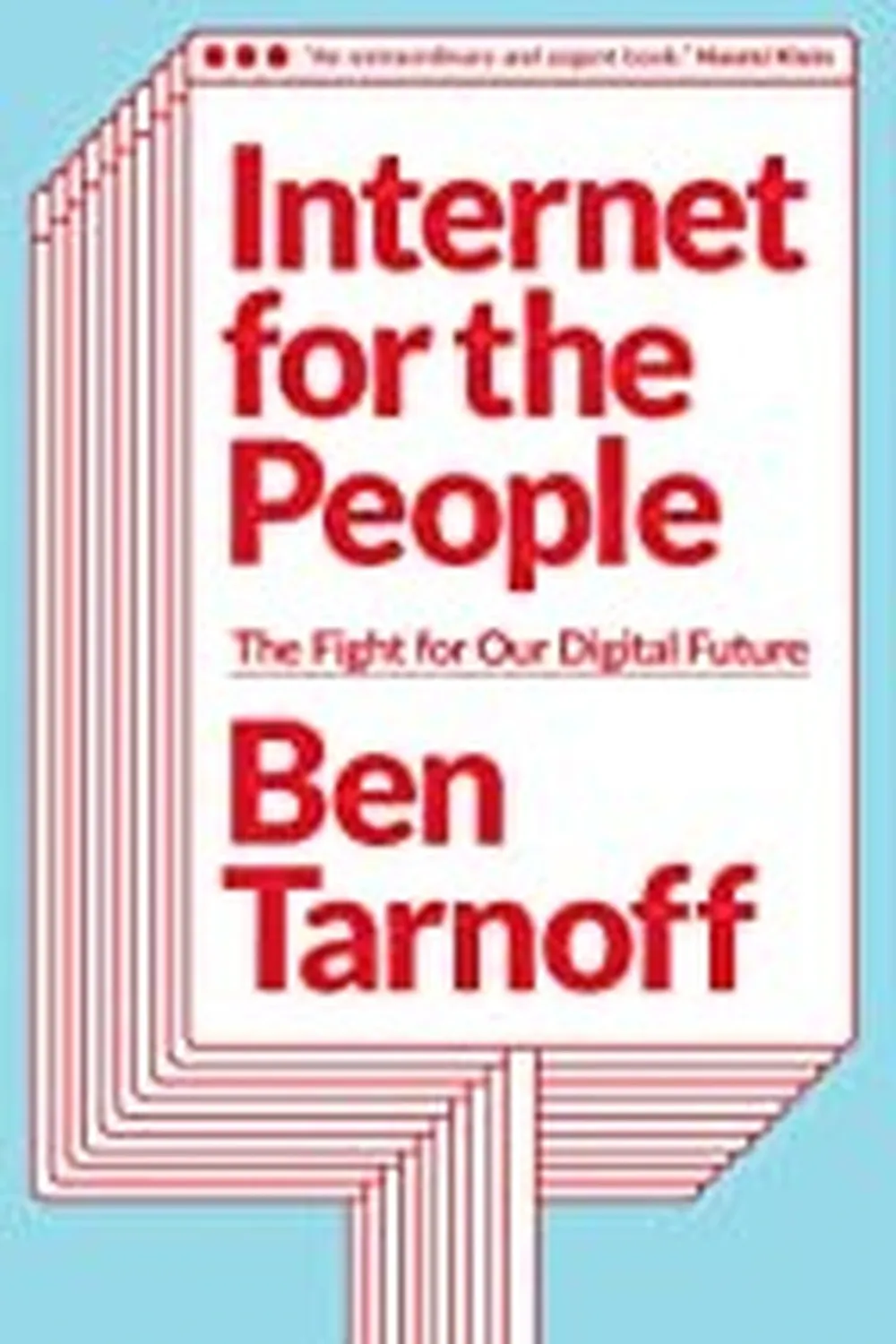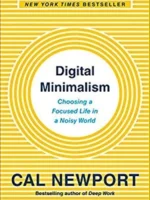Internet for the People Review
Internet for the People by Ben Tarnoff is a political economy of the modern internet: how privatization shaped platforms and why a public, democratic alternative is needed. It argues infrastructure choices are policy, not destiny.
Overview
Tarnoff traces the shift from publicly funded networks to profit-driven platforms, examining consolidation, surveillance advertising, and precarious labor. He proposes public options: municipal broadband, platform cooperatives, stronger competition and data rights.
Summary
History shows that open protocols enabled innovation, then enclosure captured value in walled gardens. Ad-tech incentives distort design; monopoly power locks users and creators. Remedies center on public ownership, cooperative governance, and regulation that targets business models, not just bad actors.
Authors
Ben Tarnoff writes as a historian and critic. The style is clear, argumentative, and well sourced.
Key Themes
Ownership and power; incentives as architecture; public goods vs private rents; democracy as technical governance input.
Strengths and Weaknesses
Strengths: crisp history and concrete policy levers. Weaknesses: implementation detail is thin and trade-offs are sometimes skimmed. Use as agenda setter, not blueprint.
Target Audience
Policy makers, technologists, organizers, and informed users who want alternatives to platform capitalism.
Favorite Ideas
Municipal broadband as leverage; platform co-ops for creator and worker power; regulating ad-tech incentives, not only outputs.
Takeaways
The internet reflects ownership. If you want different outcomes, change incentives and governance: build public options, limit enclosure, reward interoperability.









